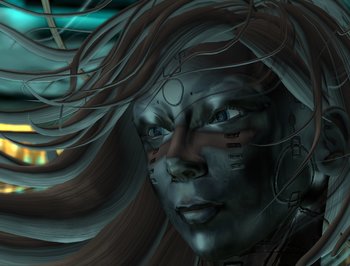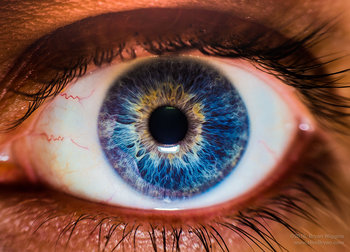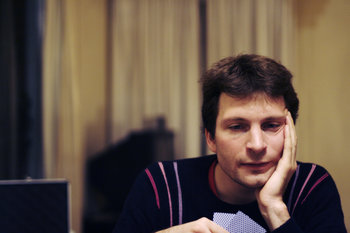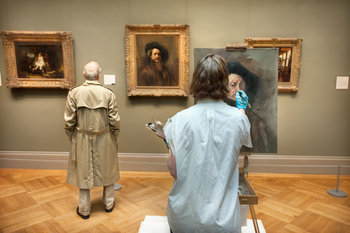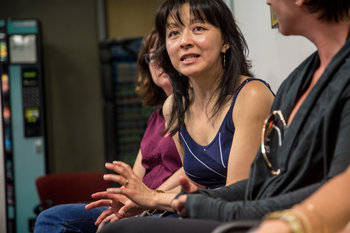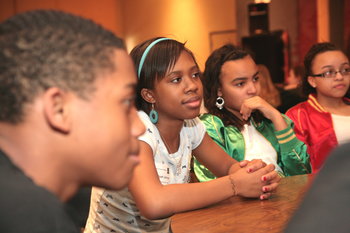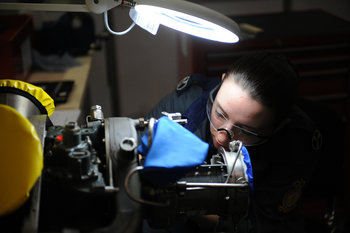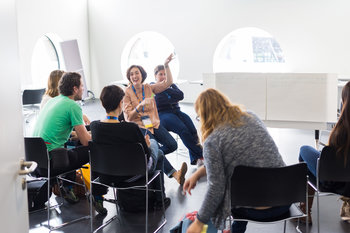
Selective Auditory Attention
The ability to focus on sound you deem as important in a noisy environment. The classic example, is the ability to focus on a conversation at a chaotic and loud cocktail party.Selective Listening
Selective listening is the process of partially listening to scan for important information. When important information pops up, you restore full attention. For example, a student in a class who listens only enough to know if the teacher asks them a question. If this should occur the student starts up mental processes in an attempt to appear that they were listening and to answer the question. Selective listening allows cognitive resources to be rested or put to work thinking about things.Selective Visual Attention
The ability to focus the mind on an element in the scene your eyes are viewing. The eyes themselves can also focus and these processes commonly work together. For example, when you read, your eyes may focus on a page and your mind may focus on the current word.Covert Attention
Covert attention is the ability to process visual information about an entity without focusing your eyes on it. For example, an ice skater who can monitor for people to either side of them using peripheral vision without having to look.Automaticity
Automaticity is an ability to perform a task without conscious thought. For example, the ability to drive a bicycle without thinking about it. In this case, the conscious mind can stop focusing on a sense and allow the unconscious mind to take over. This has implications for risk and performance.Divided Attention
Divided attention, also known as multitasking, is the process of paying attention to multiple tasks for short periods of time. This can involve selective attention. For example, a audience member in a lecture who is able to half listen to the lecture and half listen to their neighbor who keeps whispering to them throughout the talk. Divided attention incurs switching costs such that it dramatically decreases performance but is sometimes necessary when multiple tasks must be handled at the same time.Sensory Distraction
Sensory distraction is the ability for sensory information to have a distracting effect. For example, a student who has difficulty studying when their neighbor is playing loud music. Selective attention can be used to overcome this distraction such that an intensely focused student might not even notice the music.Situational Awareness
Situational awareness is the ability to understand fast moving situations. Selective attention is critical to this task. For example, walking on a crowded Mumbai sidewalk and being able to differentiate between hundreds of cars honking their horns at someone else and a car that is honking at you.Sensory Overload
Sensory overload is a situation where an individual finds that sensory information in an environment is too complex to handle. For example, a video game where hundreds of ninjas strike at the same time. In many cases, individuals can adapt to these situations with experience such that they refine their abilities of selective attention and implement coping strategies.| Overview: Selective Attention | ||
Type | ||
Definition | The human ability to filter sensory information to focus cognition. | |
Related Concepts | ||







